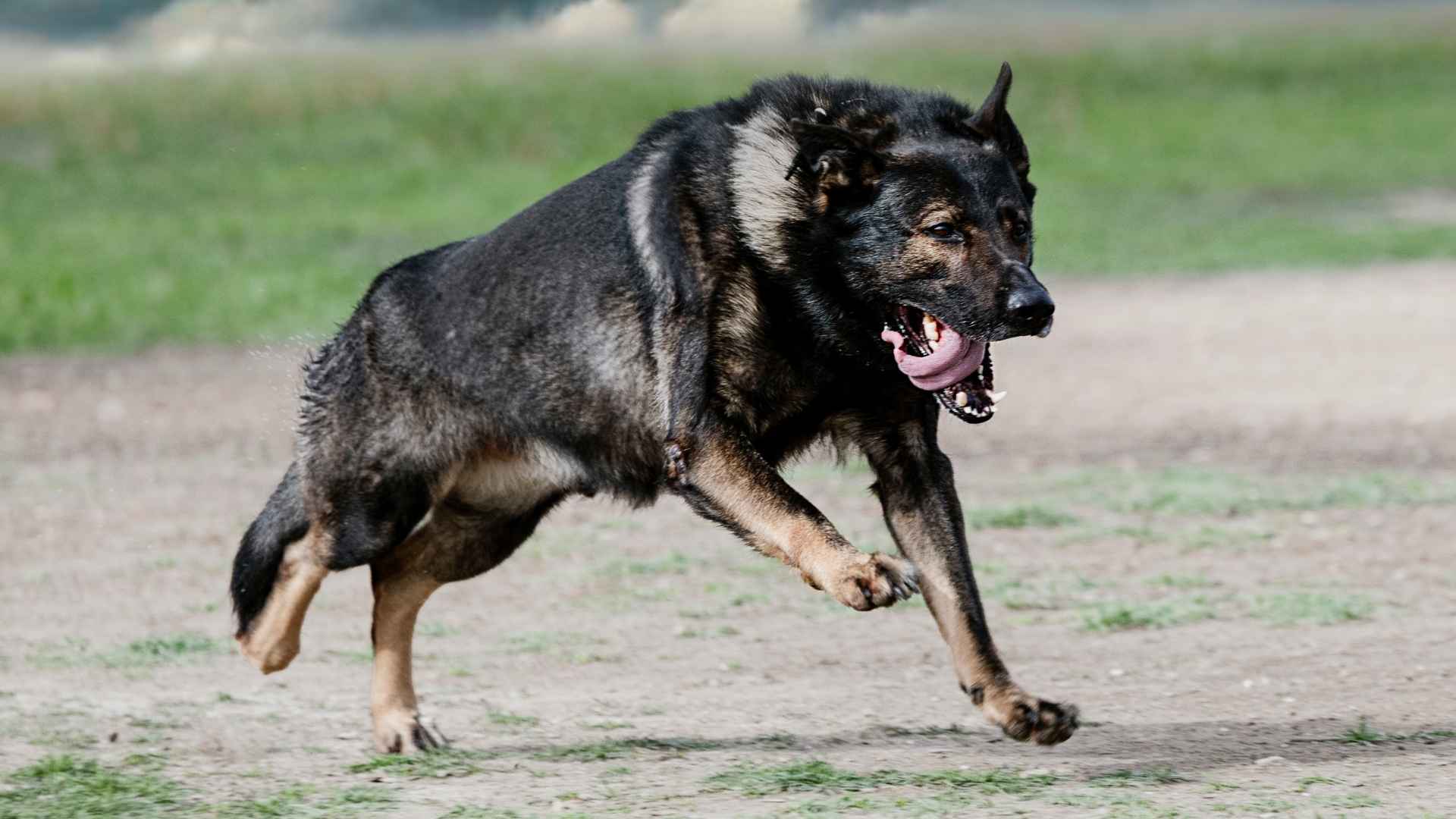Some dogs are cuddle champions, while others… well, let’s just say they take their guarding duties a little too seriously. Every year, thousands of people experience dog bite injuries, with certain breeds more likely to be involved. According to the American Veterinary Medical Association (AVMA), over 4.5 million dog bites occur annually in the U.S., with a significant number leading to serious injuries. But what makes some breeds more prone to aggressive behavior than others?
You might be wondering what traits make these dogs more likely to attack. Factors like protective instincts, lack of proper socialization, and even breed history play a role. Some dogs were bred for guarding or dog fighting, while others react aggressively when they feel threatened.
If you’ve ever questioned which dog breeds are responsible for most dog bite incidents, you’re in for an eye-opening read. Our blog lists the statistics, causes, and ways to prevent dog attacks. Stay with us!
Dog Breeds That Attack The Most
1. Pit Bull Terrier
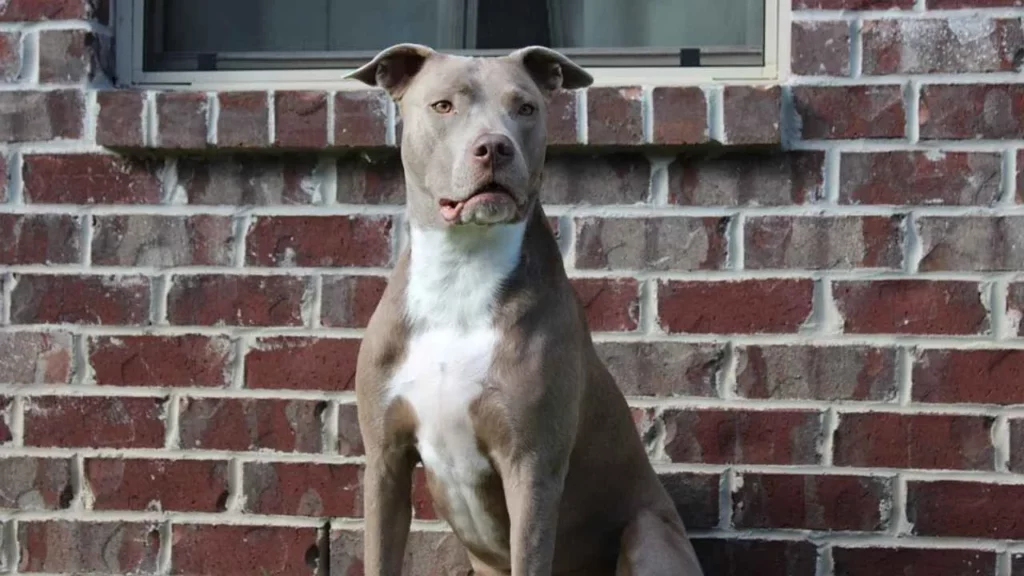
Originally bred for bull-baiting, pit bull terriers later became farm dogs and family companions. Their strength and determination made them ideal for hunting and guarding. However, their history in dog fighting contributed to their misunderstood reputation.
What makes the Pit Bull one of the most dangerous dog breeds? Their unwavering loyalty can turn into overprotectiveness. If not properly socialized, they may display aggressive behavior towards strangers and other animals. A responsible dog owner plays a crucial role in shaping their temperament.
With a bite force of around 235 PSI, pit bulls can cause serious injuries. Studies show that pit bull-type dogs account for a significant percentage of fatal dog attacks, emphasizing the importance of responsible ownership.
What triggers their aggression? Fear, poor training, or past abuse can make them likely to bite. Untrained or unsocialized dogs may react unpredictably, increasing the risk of dog bite injuries.

To prevent dog bites, early proper training and proper socialization are key. Pet owners should introduce them to various environments and ensure they respond well to commands, reducing the risk of dog bite incidents.
Bet You Didn’t Know! |
2. Rottweiler
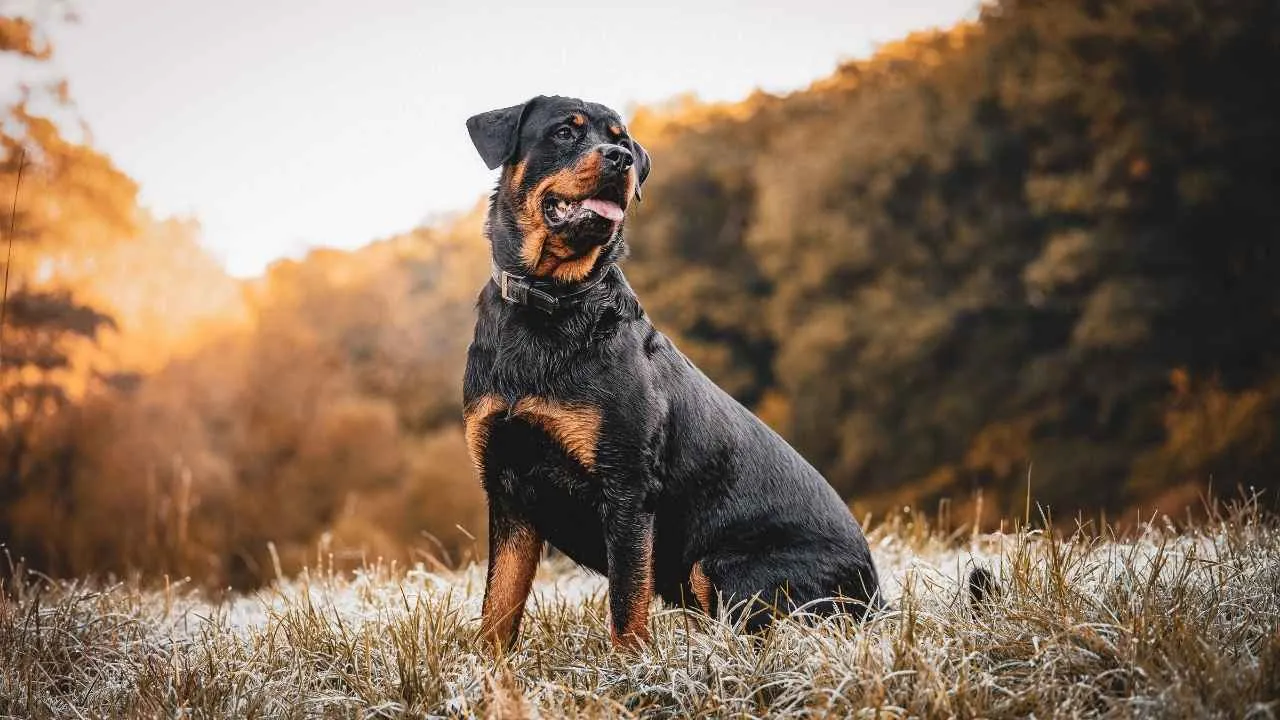
Originally bred in Germany as cattle drovers, Rottweilers later became guard dogs due to their protective instincts. Their strength, intelligence, and unwavering loyalty make them both excellent working dogs and potentially dangerous dogs when not properly trained.
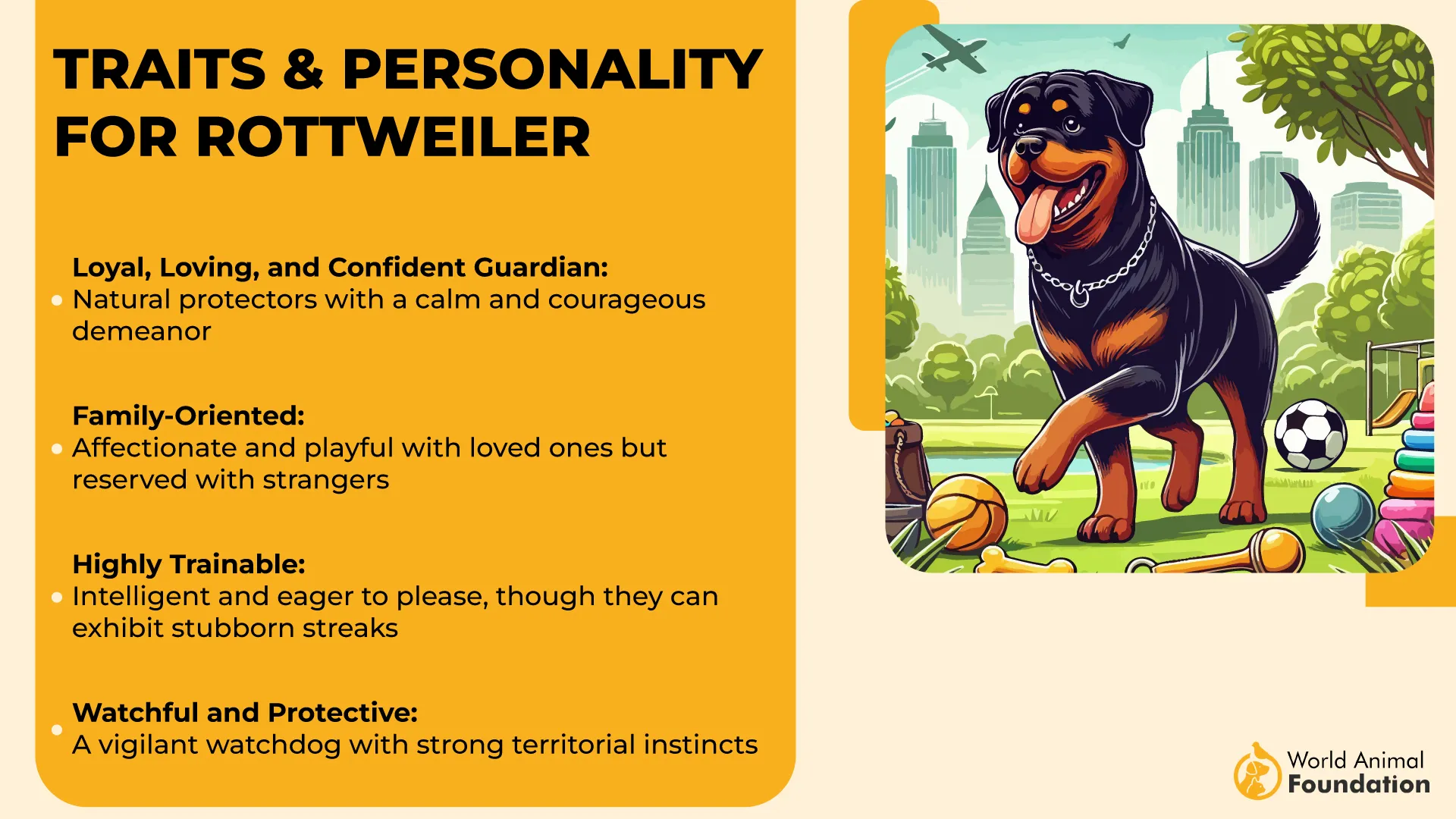
Could their protective nature become a risk? While devoted to their families, they can display aggressive behavior towards unfamiliar dogs or strangers. Their natural guarding tendencies may escalate into dog attack incidents without proper socialization.
With a bite force of around 328 PSI, Rottweilers have one of the most powerful bites among dog breeds. Dog bite statistics show they are responsible for numerous fatal attacks, highlighting the need for responsible ownership.
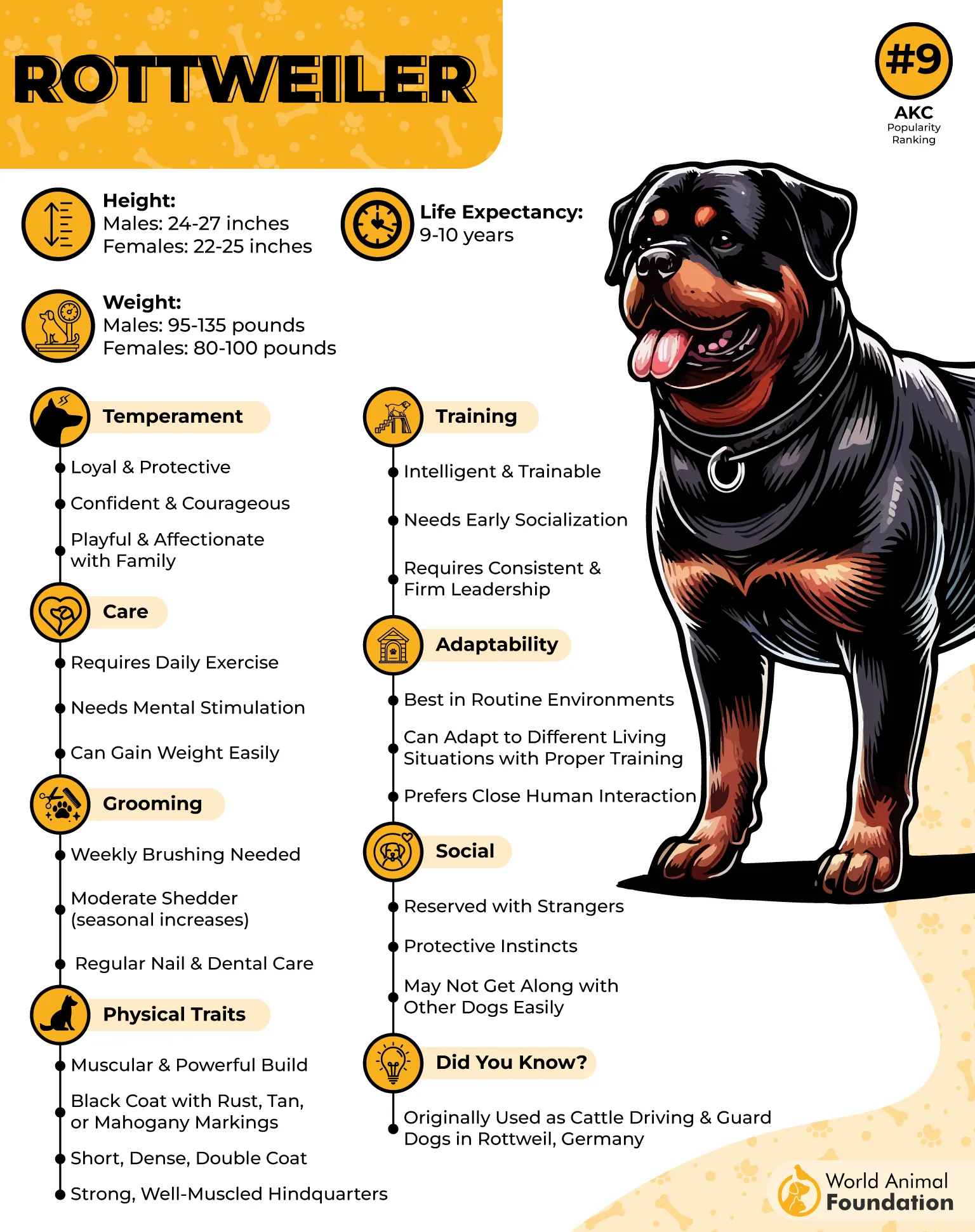
What triggers their aggression? Poor training, lack of leadership, and feeling threatened can lead to unpredictable reactions. Ensuring they feel secure and well-socialized can help prevent dog bites.
According to Orvis, pet owners must focus on proper training from an early age. Teaching obedience, exposing them to different situations, and setting firm boundaries can reduce the likelihood of dog bite injuries.
Surprising Fact! |
3. German Shepherd
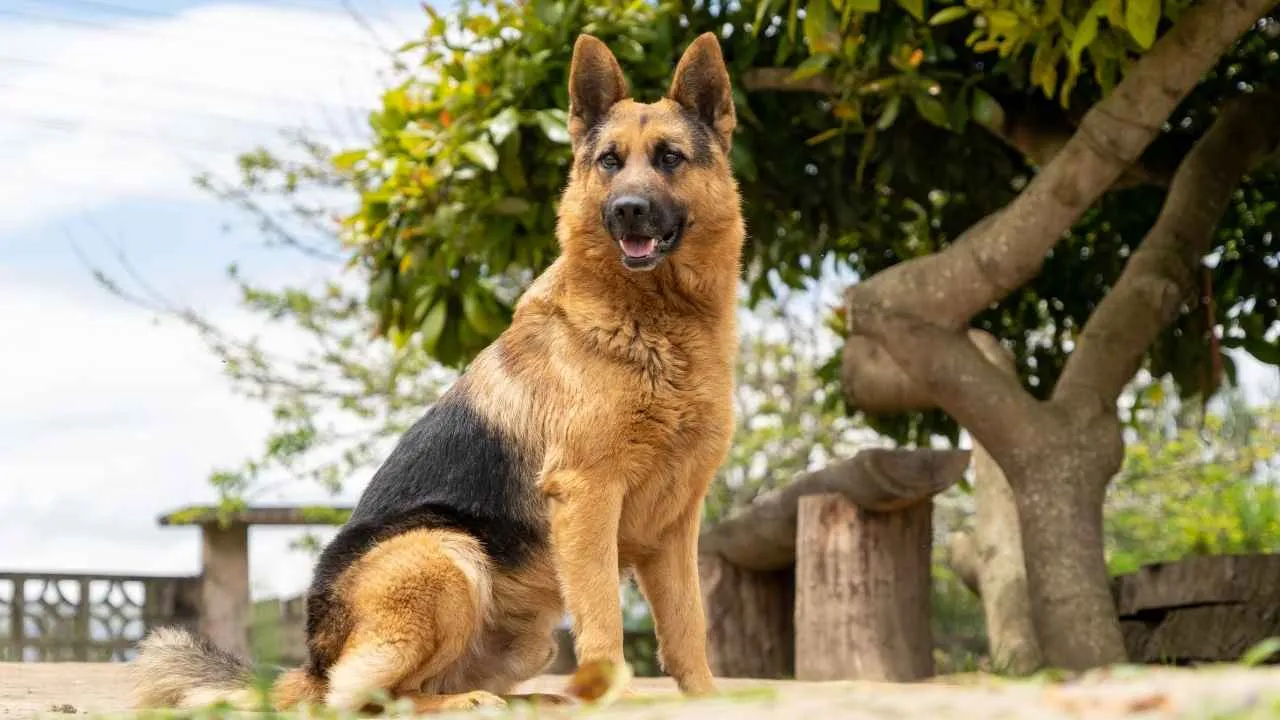
Originally bred as herding dogs, German shepherds quickly became known for their intelligence and versatility. Today, they serve as police dogs, search-and-rescue workers, and loyal family companions.
Why are they considered one of the most dangerous dog breeds? Their natural suspicion of strangers and strong territorial instincts can lead to aggressive behavior without proper training. While highly trainable, an untrained German Shepherd can be unpredictable.
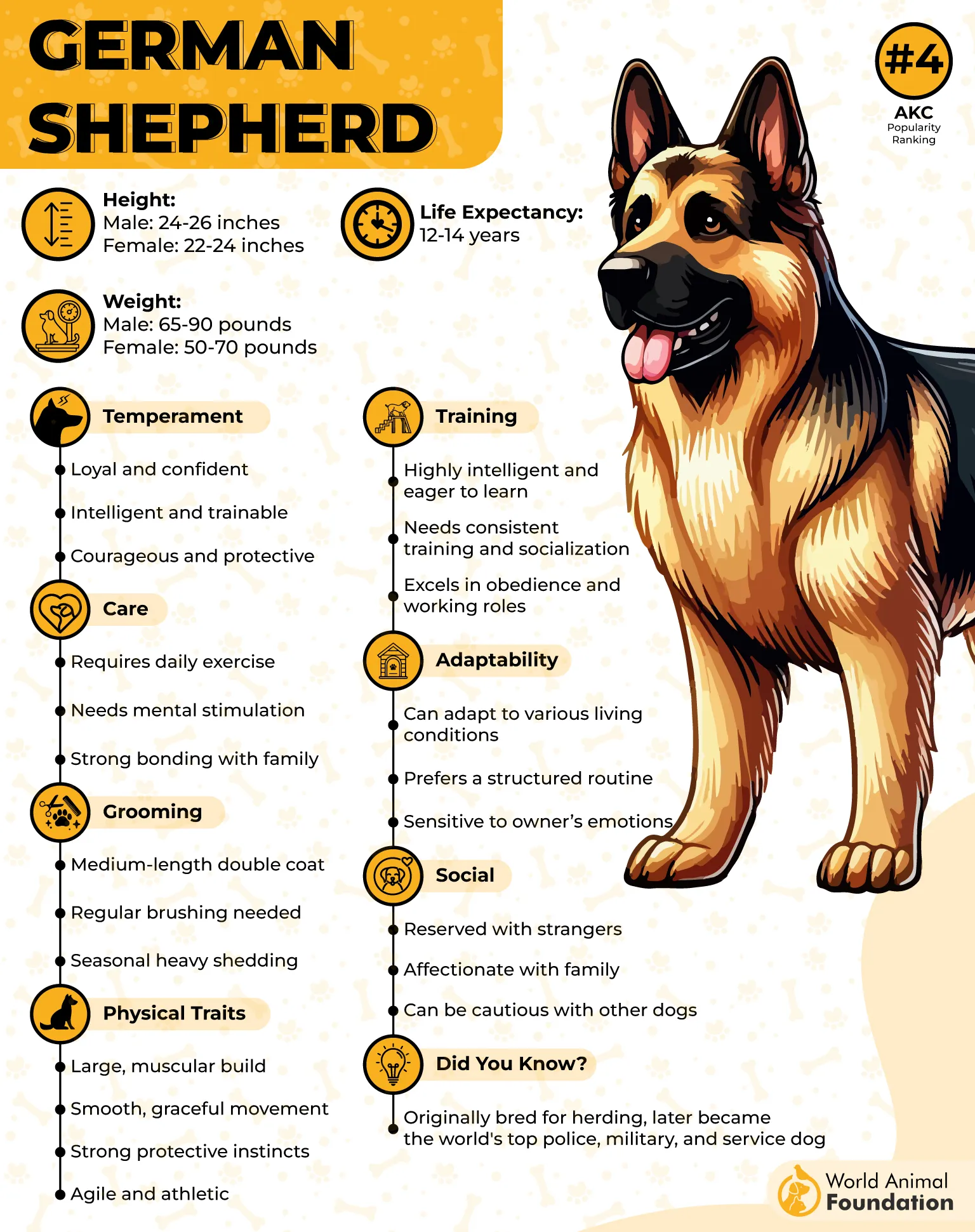
They are among the strongest dog breeds with a bite force of 238 PSI. Dog bite statistics show that their powerful bite can cause serious injuries, making early socialization essential.
Triggers for aggression include a lack of structure, fear, and frustration. A bored or poorly trained German Shepherd is more likely to engage in dangerous behaviors, increasing the risk of dog bite fatalities.
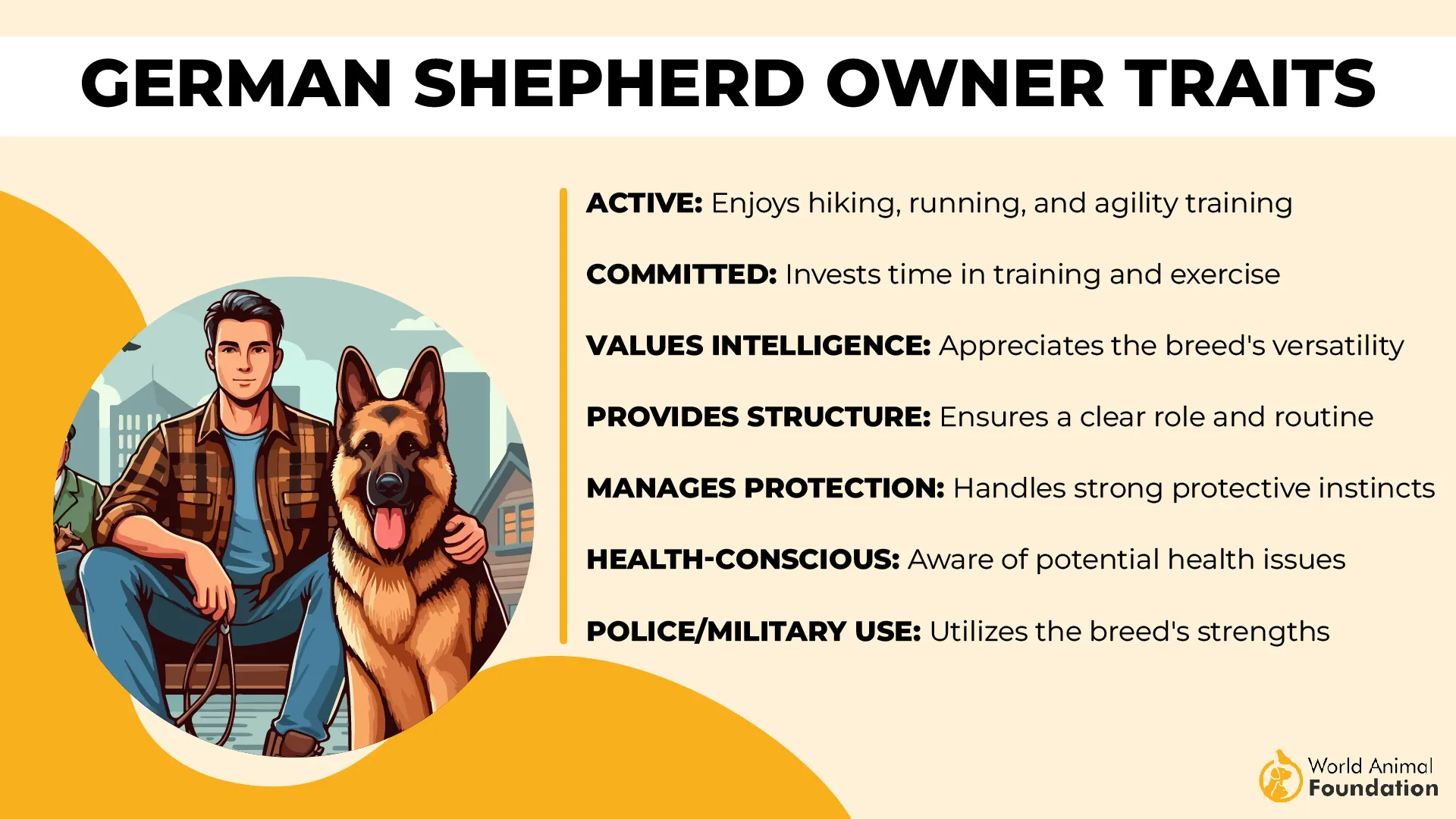
Dog owners should focus on proper socialization and training to ensure a well-mannered pet. A mentally and physically stimulated German Shepherd is less likely to be involved in dog bite incidents.
Did you know? |
4. American Bulldog

Originally bred for farm work, American Bulldogs were prized for their strength and agility. They were used for hunting, guarding, and even controlling unruly livestock, making them highly adaptable family dogs.
Do their instincts make them aggressive dog breeds? While affectionate with their families, they can be territorial. Their protective instincts may lead to dog attack tendencies without early training, especially around other animals.

With a bite force of 305 PSI, their powerful jaws contribute to fatal dog attacks when they are not properly trained. Their strong grip makes them one of the dog breeds that attack the most.
Common triggers include a lack of exercise, inconsistent training, or feeling cornered. Without boundaries, they can develop violent behavior, increasing the risk of dog-related injuries.
Training is key! Structured routines, exposure to different environments, and consistent leadership help reduce the likelihood of dog bite injuries. A well-trained American Bulldog is a loving and protective companion.
Unbelievable Truth! |
5. Bullmastiff
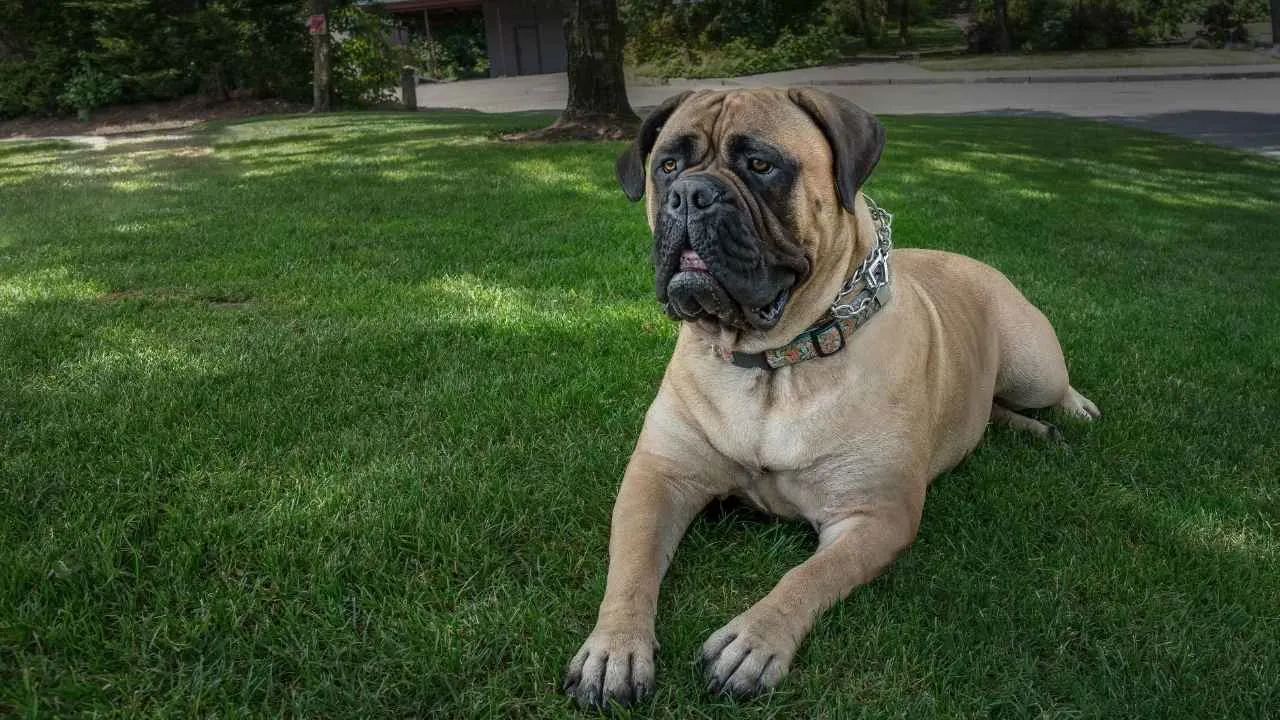
Originally bred to guard estates, Bullmastiffs were trained to pin down intruders without biting. As per AKC, their sheer size and protective instincts make them formidable guard dogs.
Could their size be a danger? Though generally calm, their protective instincts can make them wary of strangers. They may react aggressively without proper socialization, leading to dog bite incidents.

With a bite force of 556 PSI, they have one of the most powerful bites among aggressive breeds. Bite statistics reveal that their immense strength can cause severe dog injuries if they feel threatened.
Common triggers include fear, rough handling, or lack of leadership. When left untrained, they can become overly dominant, leading to potentially dangerous breed concerns.
Training from puppyhood, exposure to various environments, and consistent commands help ensure they become well-behaved family pets. Proper training is crucial to preventing unwanted aggression.
Hard-To-Believe Fact! |
6. Siberian Husky

Bred for endurance in extreme climates, Siberian Huskies were developed as sled dogs. Their boundless energy and strong work ethic made them indispensable to Arctic explorers.
Are they aggressive? Not traditionally. However, their high prey drive can lead to unexpected dog attack behaviors, especially towards smaller or other animals.
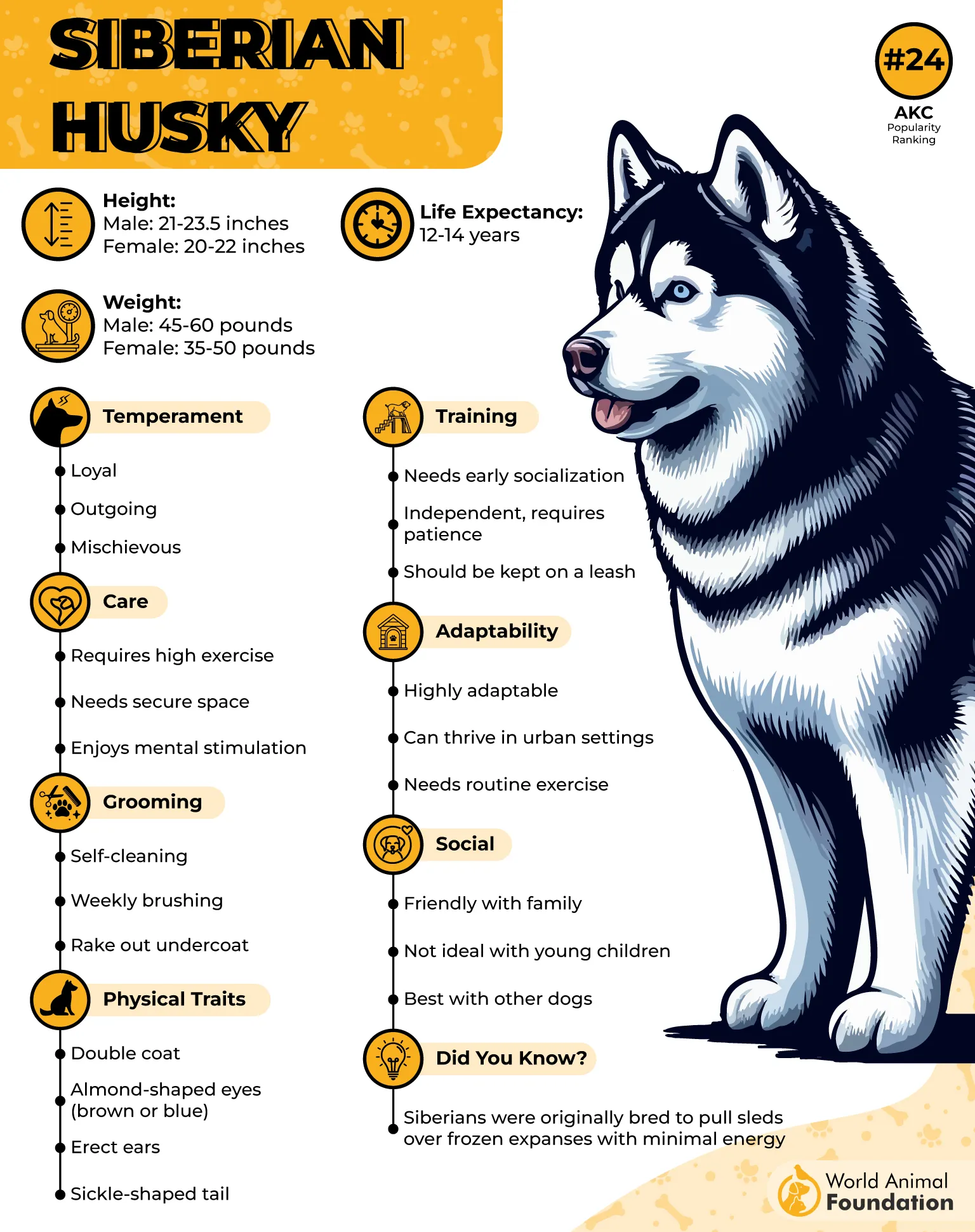
With a bite force of 320 PSI, they have the power to cause dog-related injuries. Though not considered a dangerous breed, their strength and energy require firm handling.
Triggers for biting include boredom, frustration, or lack of exercise. When under-stimulated, they may become destructive, increasing the risk of dog bites.
Keeping Huskies engaged with regular exercise, mental stimulation, and proper socialization helps prevent unwanted behaviors. An active Husky is a happy and well-behaved companion.
Mind-Blowing Fact! |
7. Doberman Pinscher

Doberman Pinschers were originally bred in Germany as personal protection dogs. Their speed, intelligence, and fearless nature made them ideal for guarding homes and working as police dogs.
Are they naturally aggressive dogs? While highly trainable, they have strong territorial instincts. Without proper socialization, they may react aggressively to unfamiliar dogs or strangers, leading to dog bite incidents.

With a bite force of 305 PSI, Dobermans have a strong grip. Dog bite stats show that their quick reflexes and protective instincts contribute to their reputation as a dangerous breed.
Triggers include feeling threatened, improper handling, or lack of leadership. When poorly trained, they may become overly defensive, leading to serious injuries for pet owners or visitors.

Structured training, clear leadership, and early exposure to different environments help prevent dog bites. A properly trained Doberman is both a loyal companion and a well-mannered family pet.
Unbelievable Truth! |
8. Alaskan Malamute
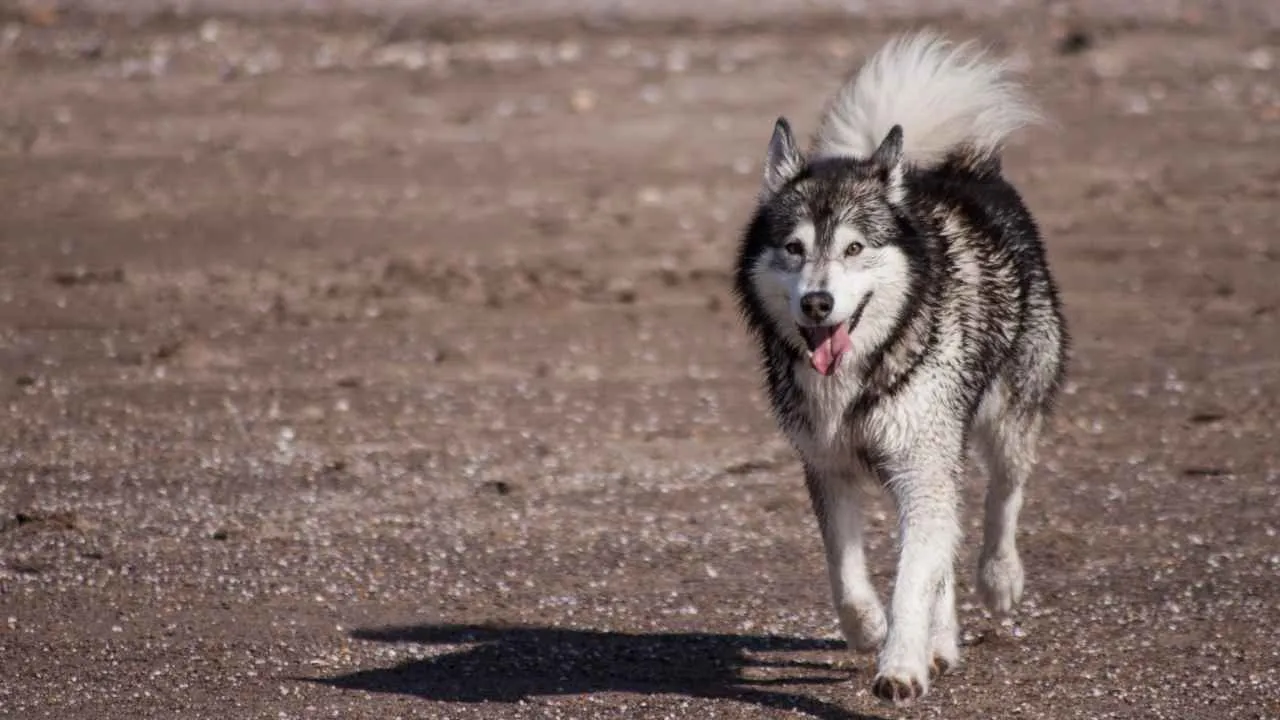
Originally bred for sled pulling in harsh Arctic conditions, Alaskan Malamutes are powerful working dogs with unmatched endurance. Their strength and independence make them a challenge for inexperienced dog owners.
Could their independent nature make them dangerous? While not typically aggressive, their stubborn streak can lead to dominance issues. Without firm training, they may develop aggressive behavior toward other dogs.

With a bite force of 235 PSI, they have enough power to cause dog-related injuries if provoked. Though not a high-risk dog breed, their size and strength require careful management.
Triggers for biting include resource guarding, rough play, or a lack of leadership. PDSA notes that their wolf-like instincts can surface if they feel threatened or unsocialized.
Providing firm training, plenty of exercise, and proper socialization reduces the risk of dog bite incidents. A well-trained Malamute is a loving and adventurous family pet.
Did You Realize?! |
9. Chow Chow

Chow Chows were originally bred in China as hunting and guard dogs. Their lion-like mane and aloof nature make them one of the most distinctive dog breeds.
Are they as grumpy as they look? Chows are known for their reserved and independent personalities. Without proper socialization, they can become wary of strangers, leading to dog bite incidents.
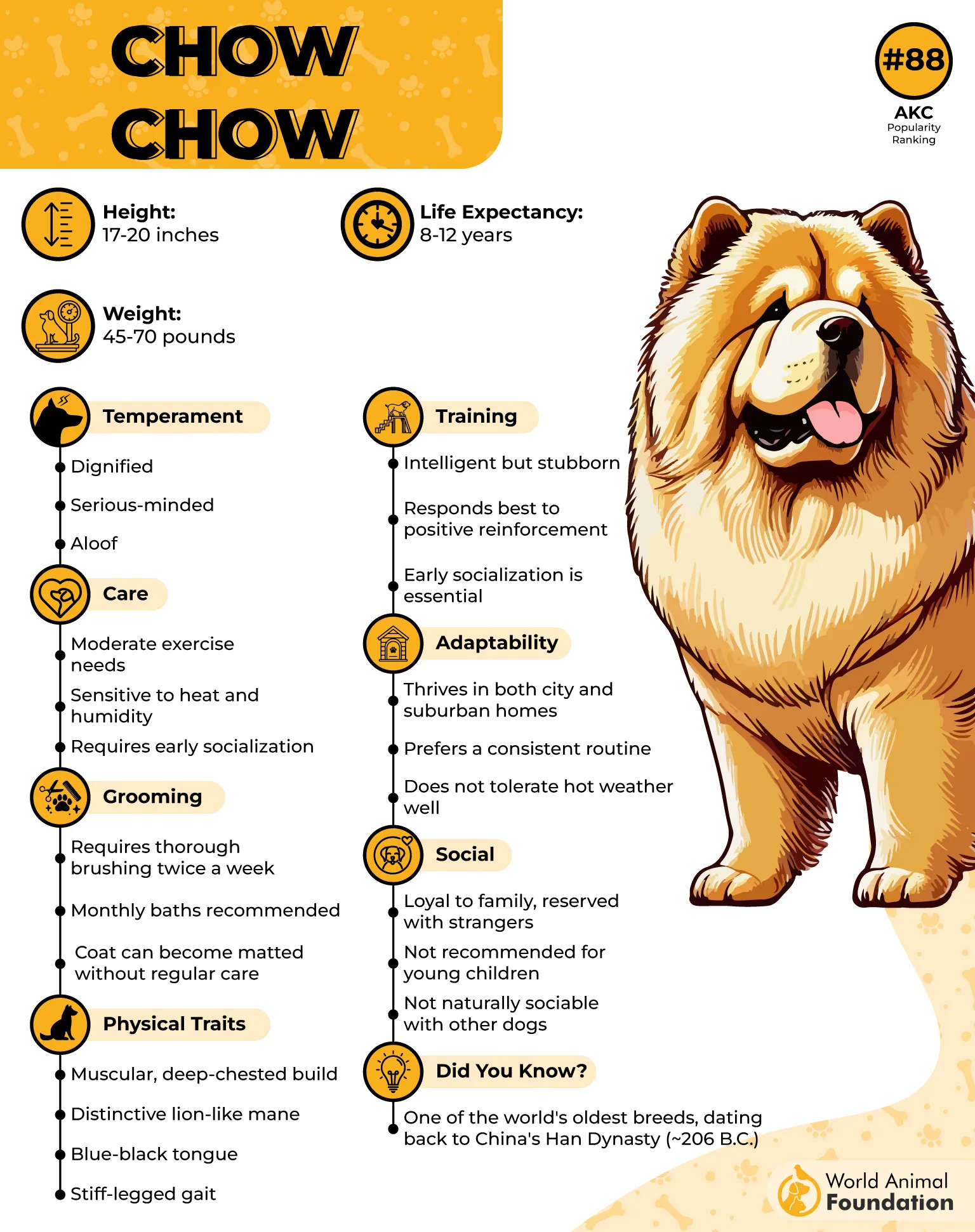
With a bite force of 220 PSI, they pack surprising strength. Dog bite statistics show that their bites can cause serious injuries, especially if they feel cornered or provoked.
Triggers for aggression include a lack of boundaries, surprise interactions, and dominance struggles. Their protective nature can make them unpredictable in new situations.
Training from an early age, exposing them to various environments, and teaching clear commands help prevent dog bites. When properly raised, Chow Chows can be affectionate, though still independent, family dogs.
Totally Unexpected Fact! |
10. Akita

Bred in Japan as hunting and guard dogs, Akitas were originally used to track large game like boars and bears. Their loyalty and courage make them highly protective family dogs.
Are they always friendly? While deeply devoted to their owners, Akitas can be reserved and aloof around strangers. Without proper socialization, they may react aggressively, leading to dog bite incidents.
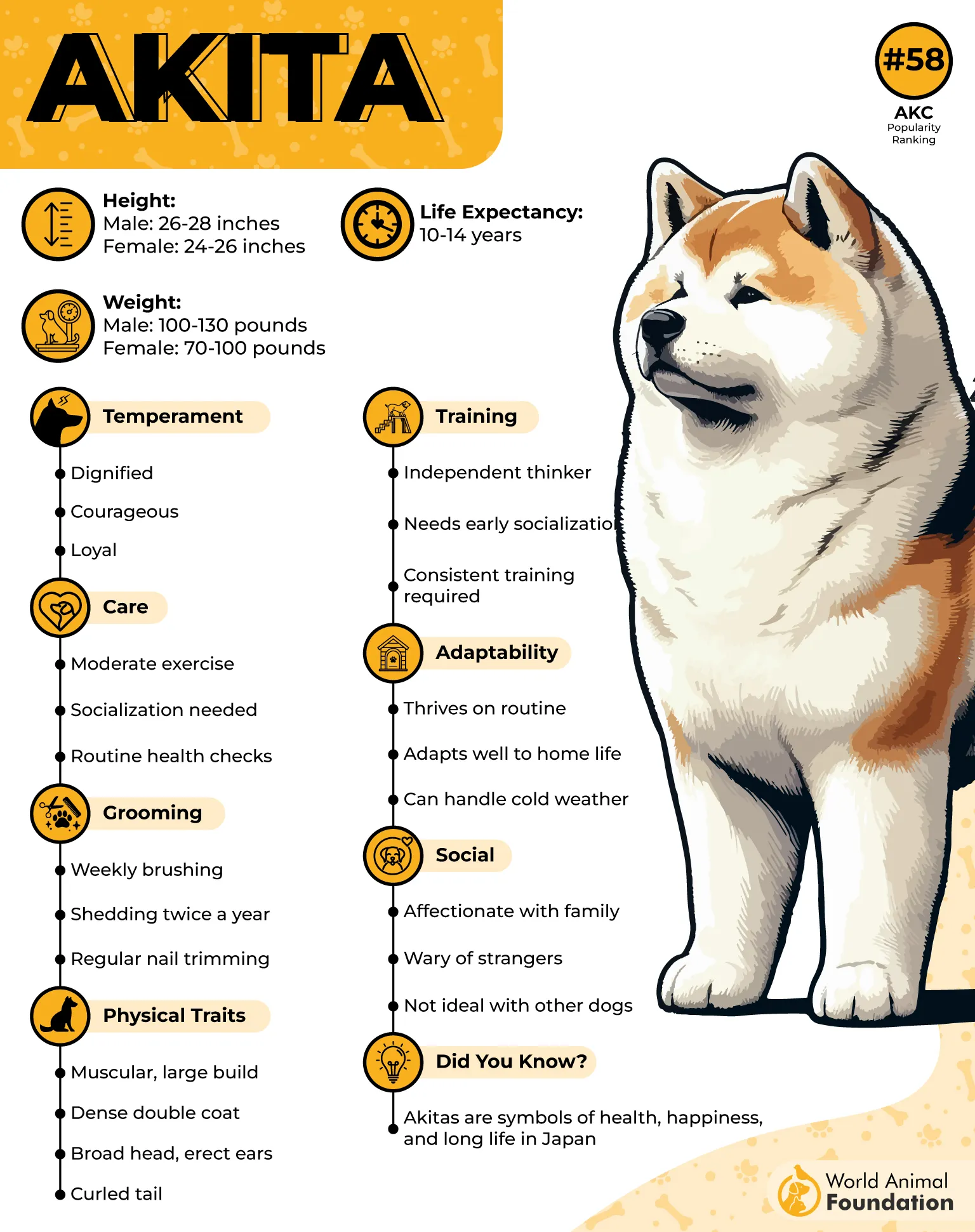
With a bite force of 400 PSI, Akitas have one of the strongest bites among other dog breeds. Their powerful jaws contribute to dog bite fatalities when they are not properly socialized.
Common triggers include food guarding, dominance challenges, and lack of leadership. When not given structure, they can display aggressive behavior toward other animals or unfamiliar people.
Training from puppyhood, clear leadership, and early socialization help prevent dog bites. A well-trained Akita is a devoted and dignified companion.
Mind-Blowing Truth! |
Conclusion
Dogs are incredible companions, but let’s be real—some breeds come with a little extra bite! From the fearless American Pit Bull Terriers to the powerful Tosa Inu, certain dogs have a reputation for being high-risk dog breeds. But does that mean they’re all trouble? Not necessarily! Training, environment, and socialization play a huge role in shaping a dog’s behavior.
While we covered some of the most dangerous dog breeds, it’s important to remember that other breeds—even family favorites like Labrador Retrievers and Golden Retrievers—can also show aggression under certain circumstances. Even British Bulldogs and large dogs can pose risks if not properly trained. No matter the breed, responsible ownership is key to preventing dog bite injuries.
So, whether you’re a dog lover or just fascinated by dog attack statistics, one thing’s clear—understanding canine instincts can prevent harm. Stay informed, train well, and always seek medical attention for any dog injuries. Dogs are amazing, but respect their nature!


